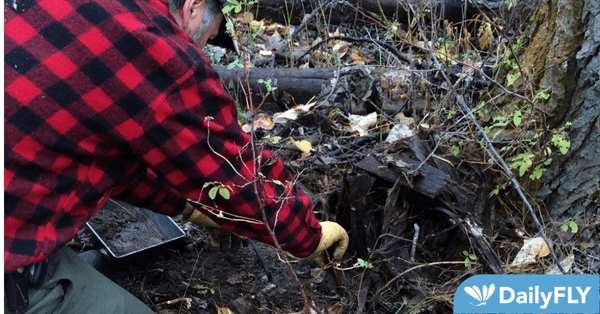IDAHO – Regulated trapping in Idaho is a legacy with deep cultural roots. Well before the days of statehood, trappers traversed much of Idaho’s mountains in pursuit of elusive furbearers.
The practice still occurs today, and it plays an important role in managing wildlife populations, particularly predators. In 2021, trappers accounted for 50% of the number of wolves harvested in the state compared to other methods, underscoring the important role they play in managing wildlife populations.
Many trappers in Idaho are also elk and deer hunters, and they report that they trap to help maintain important predator and prey balances. Those who participate in regulated trapping invest a significant amount of time and resources into the endeavor, and their role in managing predators is valuable.
In many game management units across the state, wolf trapping has been open since Sept. 10. Check out these links for wolf and furbearer season dates.
If you are in the woods walking your dog, hiking, or hunting this fall and come across a trap, please leave it undisturbed. Tampering with traps not only interferes with the trapper’s attempt to help manage wildlife populations, but it is also illegal and eligible for citation. If you are concerned about the legal status of the trap set, please contact a conservation officer or a Fish and Game Regional office.
Trapping facts to remember
Regulated trapping may be an unfamiliar concept to some. Below are a few important points to note about the practice.
- Regulated trapping does not cause wildlife to become threatened or endangered.
- Trapping is managed through science-based regulations that are established by the Fish and Game Commission and strictly enforced by conservation officers.
- Trappers who purchased their first license after 2011 are required to take a mandatory trapper education course through Fish and Game.
- All wolf trappers are required to take a mandatory wolf trapper education course through Fish and Game.
- Fish and Game continually reviews and develops rules, regulations, seasons and capture methods that consider the welfare of animals.
- Trapping provides many benefits, including helping to maintain balance between predators and prey to promote healthy game populations.
- Most of any trapped animal can be used, ranging from fur to make clothes, meat to eat and other useful products for soaps, perfumes and more.
- Tampering with another’s traps is illegal and eligible for citation.
If you do happen to encounter a trap this fall, remember there is a dedicated and passionate trapper out there who took the time to set it.
For more information or if you have questions, please contact your local Fish and Game Regional office.





